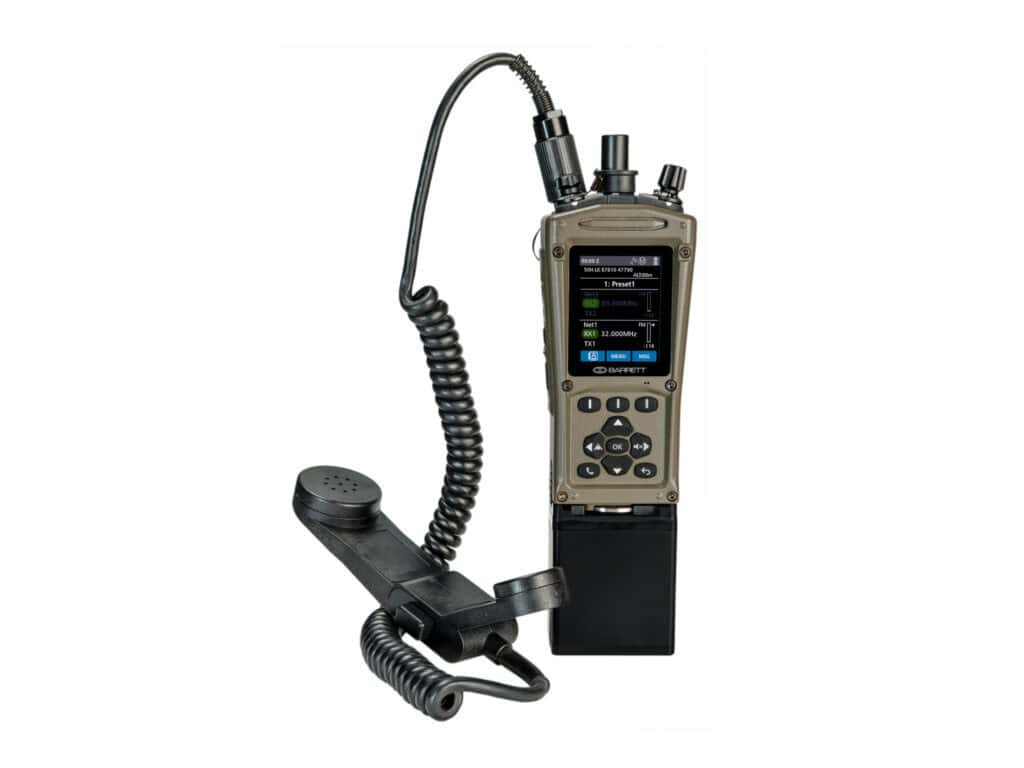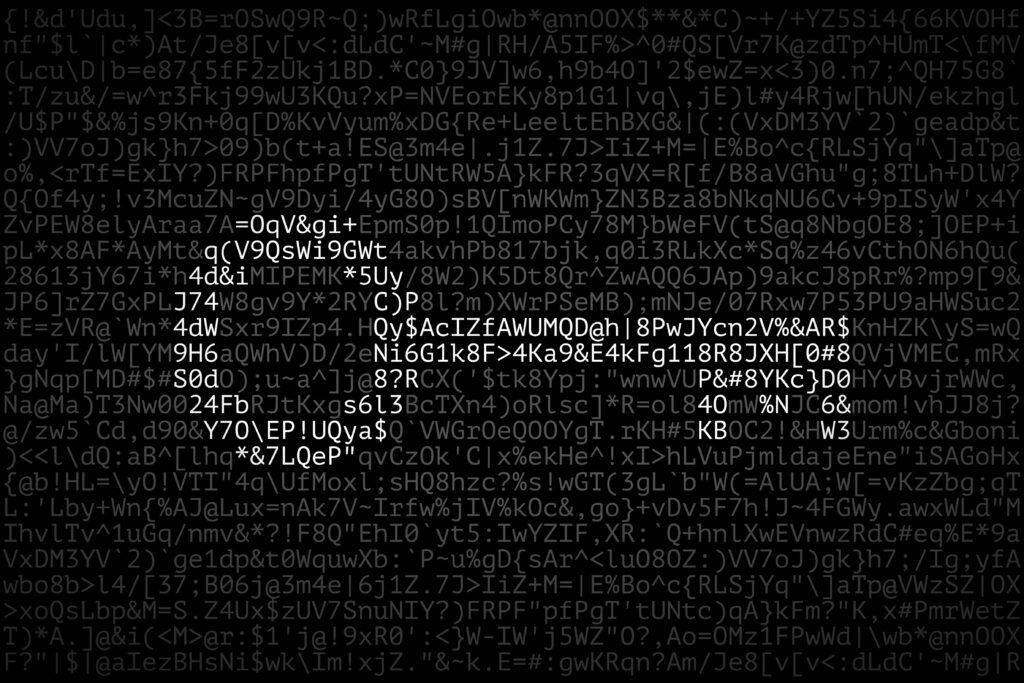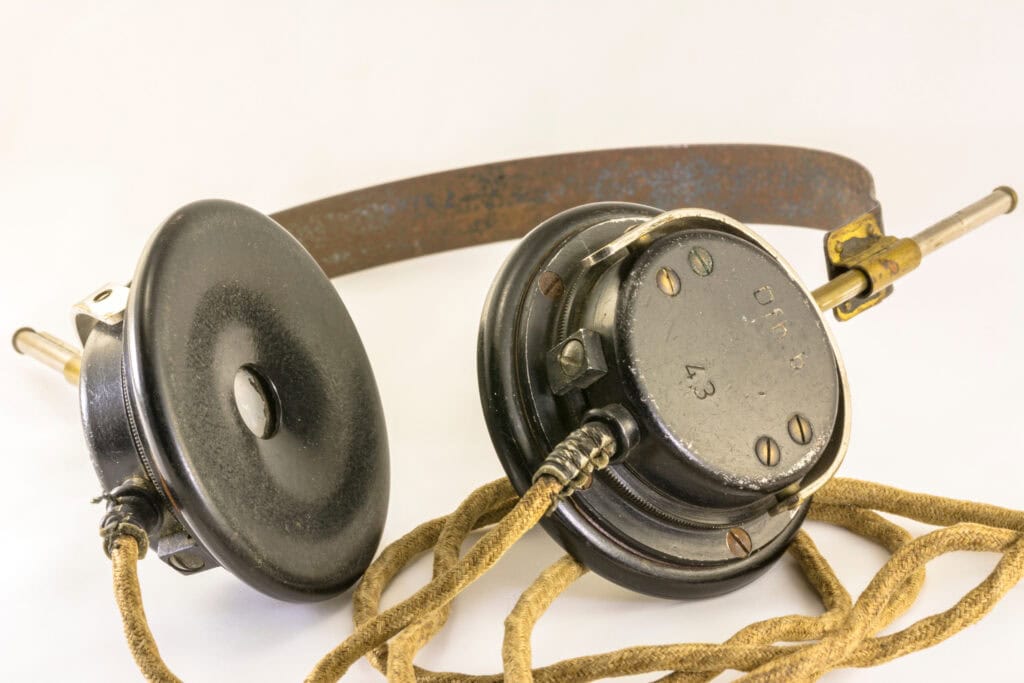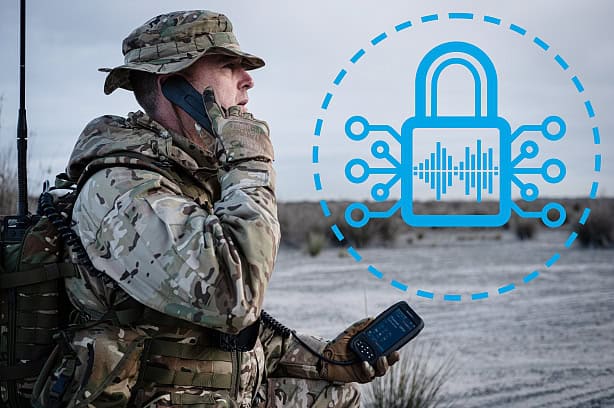Optimising HF radio systems for long-distance voice and data transmission
Optimising HF radio systems for long-distance voice and data transmission

Discover the practical techniques and technologies that improve HF radio systems, making long-distance voice and data transmission more reliable and keeping your communication strong over great distances.
For decades, HF radio systems have served as the foundation of long-distance communication, offering dependable connections across huge distances, even in remote areas. This blog will look at the challenges of long-distance HF voice and data transmission, as well as essential approaches and technological advancements that can improve HF radio system performance.

Challenges in long-distance HF voice and data transmission
When transmitting voice and data over great distances, various factors can affect the quality and dependability of HF radio signals, including:
- Signal degradation: Ionospheric circumstances can induce fading and fluctuations in signal intensity, making it difficult to maintain a stable connection over extended distances.
- Interference: Electrical storms and metropolitan areas generate noise that affects HF radio communication, potentially leading to data loss or corruption and loss of voice clarity.
- Atmospheric impact: Solar activity and weather conditions, such as rain, can dramatically weaken HF signals and reduce their effectiveness.
- Propagation complexity: The increased reflection and scattering of HF radio signals make it difficult to maintain a stable frequency, particularly over long distances.
There are a few key techniques that can help overcome these hurdles, such as:
1. Frequency selection
Choosing the right frequency is critical to overcoming the obstacles of long-distance transmission. The behaviour of the ionosphere varies based on circumstances such as time of day, season and solar activity — all of which determine which frequencies perform best. Operators can use models and verification approaches to anticipate suitable frequency bands and increase communication dependability.
2. Modulation and error correction
Modulation techniques such as Single Sideband (SSB) and Amplitude Modulation (AM) are also important for enhancing data transmission. Implementing error correction procedures maintains data integrity, even when signals are weak or disturbed. Advanced signal processing improves modulation and reduces transmission errors, making HF radio systems more efficient and dependable.
3. Antenna design
Antenna design is pivotal in optimising HF radio systems. At Barrett Communications, we offer products like directional antennas that enhance signal strength and focus transmission, ensuring clearer communication over long distances. Proper placement and orientation of these antennas can minimise interference and maximise gain. While some advancements — like adaptive beamforming and polarisation matching — apply to other types of systems, Barrett’s directional antennas are excellent examples of how effective design can improve performance.
Technological advances in HF radio
We should also pay attention to how technology has advanced, as HF radio systems have seen significant improvements that enhance their ability to handle long-distance data transmission:
- Software-defined radio (SDR): SDRs offer flexibility and ease of reconfiguration, allowing systems to adapt quickly to changing conditions.
- Digital signal processing (DSP): Enhancements in DSP provide better filtering and noise reduction, leading to clearer, more reliable communication.
- Adaptive systems: The integration of Automatic Link Establishment (ALE) and Link Quality Analasys (LQA) can enable HF systems to dynamically adjust transmission parameters, further optimising performance.
Final thoughts
Long-distance voice and data transmission optimisation of HF radio systems calls for a mix of cautious frequency selection, advanced modulation techniques, intelligent antenna design and applying the most recent technical developments. Following these best standards helps operators make sure their HF systems continue to be dependable and efficient in any kind of communication.
Please contact us for assistance or to learn more about optimising your HF radio system.






